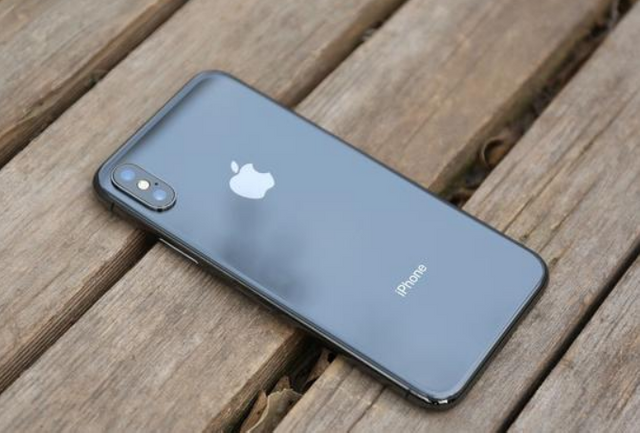First of all, NVMe is not flash memory, but a protocol, the full name is Non-Volatile Memory express. On the PC side, it is an AHCI-like protocol built on the M.2 interface, and it is a protocol designed specifically for flash memory storage.
Specific advantages of NVMe include:
The performance has been improved several times;
The delay can be reduced by more than 50%;
The IOPs that NVMe PCIe SSD can provide are ten times that of high-end enterprise SATA SSD;
Automatic power consumption state switching and dynamic power consumption management functions greatly reduce power consumption;
The scalability to support technological development in the next ten years.
The flash memory currently used by Apple is actually TLC flash memory (and a small part of MLC). In the iPhone 6s era, flash memory gate problems also broke out, which made users very uncomfortable. But the current facts prove that there is no need for us to worry about the service life of TLC flash memory. At least no iPhone has been scrapped because the life of flash memory has reached its limit.
